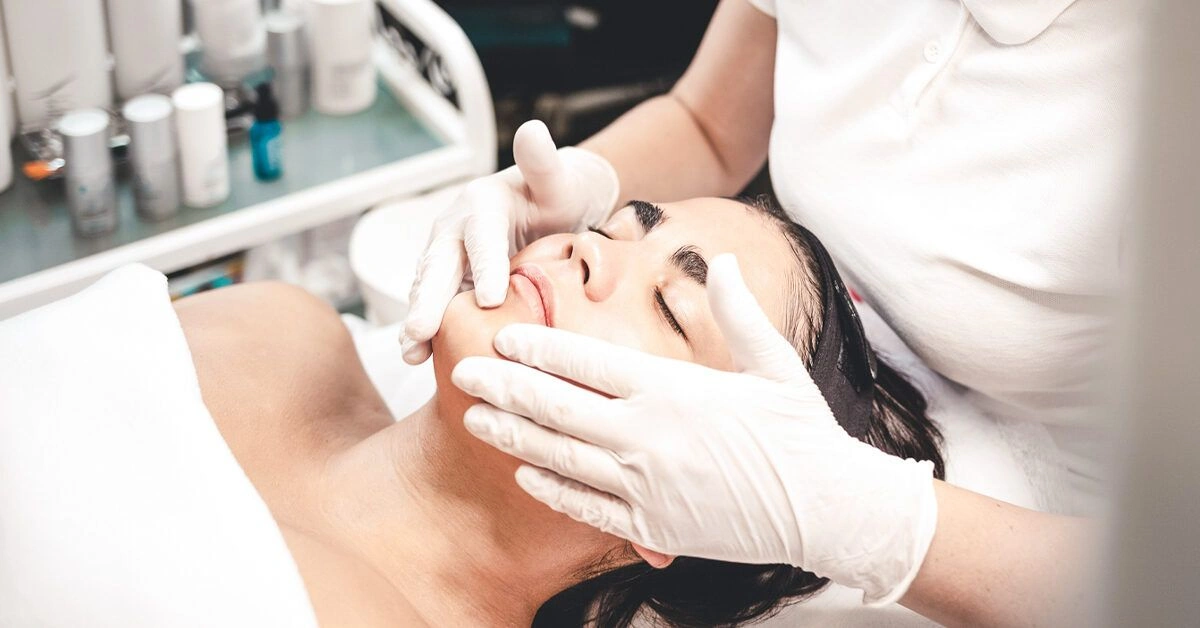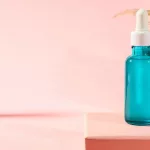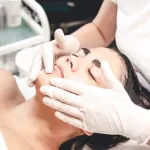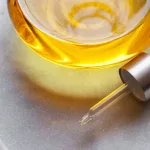What is a VI Peel?
A VI Peel is a medium-depth chemical exfoliation that reaches past the outermost skin layer, the epidermis, into the dermis beneath. The solution is a proprietary formulation from Vitality Institute Medical Products.
Like other chemical peels, a VI Peel works by removing the top layers of skin and encouraging the generation of new structural proteins. It’s frequently used to address aging signs, refine skin texture, and correct pigment irregularities.
The substance used in VI Peels contains a mixture of active ingredients, including:
- trichloroacetic acid (TCA) (10 to 12 percent)
- phenol (10 to 12 percent)
- salicylic acid (10 to 12 percent)
- vitamin C (4 percent)
- tretinoin (0.1 to 0.4 percent)
The VI Peel is gentle enough for use on the face, chest, eyelids, hands, and back. According to the Vitality Institute, this peel is suitable for a wide range of skin types and tones.
Below is a detailed look at what to expect from a VI Peel facial, how it functions, safety considerations, and the potential advantages.
VI Peel benefits
A VI Peel provides advantages similar to other superficial-to-medium chemical peels. Here are the most common issues it’s used to address.
Fine lines and wrinkles
Chemical peels remove upper layers of skin cells, which can trigger your body’s healing response and promote the synthesis of collagen and elastin.
Collagen and elastin are the primary proteins that support skin structure and elasticity. Declines in these proteins contribute to wrinkle formation.
VI Peels and other light-to-medium peels are not effective for eliminating deep furrows or significantly lax skin.
Treating sun spots and discoloration
Chemical peels can help reduce hyperpigmented areas caused by sun exposure or conditions such as melasma.
Phenol, one of the ingredients in VI Peels, is considered among the most potent peel components for treating freckles and uneven pigmentation.
Treating keratosis pilaris
Active components in the VI Peel, including salicylic acid, may help smooth the small bumps associated with keratosis pilaris (often called “chicken skin”).
Keratosis pilaris happens when dead skin cells clog hair follicles, producing rough bumps that resemble plucked chicken skin.
Does VI Peel treat acne?
Light to medium chemical peels like the VI Peel are frequently used to improve acne. A 2018 review found that chemical peels are generally well tolerated and potentially beneficial for acne, though more research is needed to refine treatment protocols.
Chemical peels can address acne through several mechanisms, such as:
- decreasing sebum production
- reducing bacteria
- lowering inflammation
- removing the outermost skin layer
- reducing the number of clogged pores
Salicylic acid, an important ingredient in VI Peels, is also recognized as one of the most effective options for treating acne scars. If you’re exploring gentle resurfacing options, consider a lactic acid peel as another mild alternative for sensitive skin.

VI Peel side effects and precautions
VI Peels are typically well tolerated, but some people may experience adverse effects such as:
- burning or stinging
- skin discoloration
- swelling
- blister formation
- itchiness
- allergic responses
- infection
- dryness
- inflammation
- redness
- scarring
Individuals with darker skin tones have an increased risk of post-peel hyperpigmentation.
Although the Vitality Institute states VI Peels work across skin types and colors, those with darker complexions should consult with a provider beforehand to discuss how to minimize risks.
Pregnancy, hormonal factors (like estrogen use), and heavy sun exposure after the procedure raise the likelihood of developing dark spots following a peel.
Is a VI Peel safe during pregnancy?
If you are pregnant or nursing, consult your physician before undergoing a VI Peel. Because evidence is limited, chemical peels containing TCA or salicylic acid are generally not advised during pregnancy.
How does a VI Peel treatment work?
A VI Peel typically takes around 30 minutes and is usually not painful. The formula dissolves the top skin layers to reveal fresher skin underneath.
Your appointment may vary slightly, but generally follows this sequence:
- The clinician will cleanse your skin to remove oil and debris.
- The VI Peel solution is applied in two coats.
- You might feel some tingling or slight numbness after the first coat.
- After the second layer is applied, the skin will “frost,” turning whitish.
- Roughly 4 to 6 hours later, you’ll rinse off the peel.
- Peeling typically starts about 3 days post-treatment.
VI Peel before and after pictures
Outcomes from VI Peels vary from person to person, but the following examples illustrate typical post-procedure improvements.

VI Peel aftercare
Approximately 4 to 6 hours after treatment, and at least an hour before bedtime, gently wash off the peel with a mild cleanser and water. Expect peeling to begin around day 3 post-procedure.
Aftercare tips include:
- avoid applying creams or lotions until you’ve rinsed off the peel
- use the “Post Peel Protectant” provided by your clinician two to four times daily
- keep skin well moisturized during the peeling phase
- avoid direct sun exposure while peeling and wear broad-spectrum sunscreen whenever you go outdoors
How often should you get a VI Peel?
How frequently you should repeat a VI Peel depends on your budget and the specific skin concern you’re addressing.
Allow at least 4 to 6 weeks between sessions to maintain results.
VI Peel costs
Pricing for a VI Peel varies widely based on geographic location, clinic reputation, and the provider performing the treatment.
One Las Vegas clinic estimates typical costs between $150 and $400, while a Houston clinic lists a general range of $300 to $450.
Because VI Peels are cosmetic procedures, they’re not covered by insurance. Some practices offer discounts when you purchase multiple treatments as a package.
VI Peel vs. similar treatments
You can use a VI Peel on its own or combine it with other skin therapies. Several procedures provide overlapping benefits, so you may try different approaches to determine what works best.
Other commonly used treatments include:
- HydraFacial. A patented treatment that exfoliates, hydrates, and infuses serums into the skin.
- Microdermabrasion. Uses a textured applicator to exfoliate and refresh the skin surface.
- Jet Peel. Employs pressurized air to cleanse pores and deliver serums.
- Radiofrequency (RF) therapy. Uses energy waves to heat deeper skin layers and stimulate collagen production.
- Dermalinfusion. Similar to HydraFacial; uses a diamond-tip wand to exfoliate and infuse serums.
Here’s a comparison of how these methods align:
| VI Peel | HydraFacial | Microdermabrasion | RF therapy | Jet Peel | Dermalinfusion | |
| Acne | ✓ | ✓ | ✓ | ✓ | ✓ | |
| Signs of aging | ✓ | ✓ | ✓ | ✓ | ✓ | ✓ |
| Scarring | ✓ | ✓ | ✓ | ✓ | ✓ | |
| Discoloration | ✓ | ✓ | ✓ | ✓ | ✓ | |
| Improving texture | ✓ | ✓ | ✓ | ✓ | ✓ | ✓ |
| Sagging skin | ✓ | |||||
| Face slimming | ✓ |
Takeaway
A VI Peel is a moderate-depth chemical peel that can enhance skin texture and reduce visible signs of aging. Its formulation includes salicylic acid, TCA, and phenol among other components.
You can repeat VI Peel treatments every 4 to 6 weeks, and it’s marketed for use on all skin types. For optimal outcomes, adhere to the aftercare guidance provided by your practitioner.


















Leave a Reply
You must be logged in to post a comment.